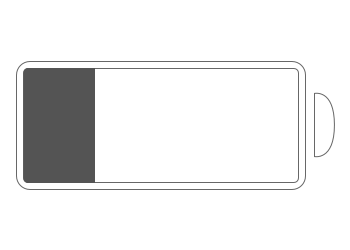The tradition of toasting is one of the relics of our more formal past that we believe is worth reviving. Because it's something of a lost art—one that's only brought out at weddings these days. Perhaps that is why so many of us are kind of crappy when it comes to giving a short and witty yet meaningful speech. As Paul Dickson, author of Toasts put it, "Flubbing the toast is like serving stale champagne: it flattens the mood."
Think of the man you want to be. Isn't he someone who can stand up and command a room's attention? Someone who can make his point succinctly while charming an audience of his peers? Of course. And that's why you want to develop the skill of giving a toast. Because it requires courage, develops your sense of camaraderie, timing and improvisation all while making you a better public speaker. These are all things that will serve you well in life.
Giving a good toast makes you memorable while enhancing the mood of any event—be it a wedding, a special dinner party with friends, an important client or your boss. Dickson perfectly describes toasts as a "verbal souvenir" of a time well spent together. So how do you give a great toast? By doing your homework. Here are your guidelines to prep a proper message.
Prepare Your Toast
A toast is meant to be somewhat off-the-cuff, sure, but you know the occasions that would call for it, so take the time to figure out what you'd like to stay ahead of time. As Mark Twain famously said, "It usually takes me more than three weeks to prepare a good impromptu speech." Write out an outline that covers these four important questions:
Who or what is being celebrated?
If it's a work event or occasion, it can be more formal. If it's a friend's wedding, it can be more casual. A parent or grandparent? Think sentimental and sweet.
Why are you giving this toast?
Is it a wedding or anniversary? A colleague's promotion? A rare gathering of old friends? This will guide much of what you say. Your overall tone should be uplifting, humorous, complimentary and sprinkled with sentiment to help balance it out.
Who is in the audience?
You don't want any racy jokes at a work function. And you don't want a lot of inside jokes at a large wedding where most people wouldn't understand them. Keep things focused on the person being toasted so that everyone can follow and appreciate what you're saying. When in doubt, go with something simple and classy. It's always better for a toast to be short and sweet than long and difficult to follow.
What's your “clink”?
This is your closer and it should lead your audience into the actual raising of a glass to conclude the toast. A dull clink is something like "Here's to the happy couple." Everything is building to this so you don't want to fall flat. You want to make sure to thank your hosts, offer well wishes or congratulations and bring in the audience to make those sentiments with you.


































